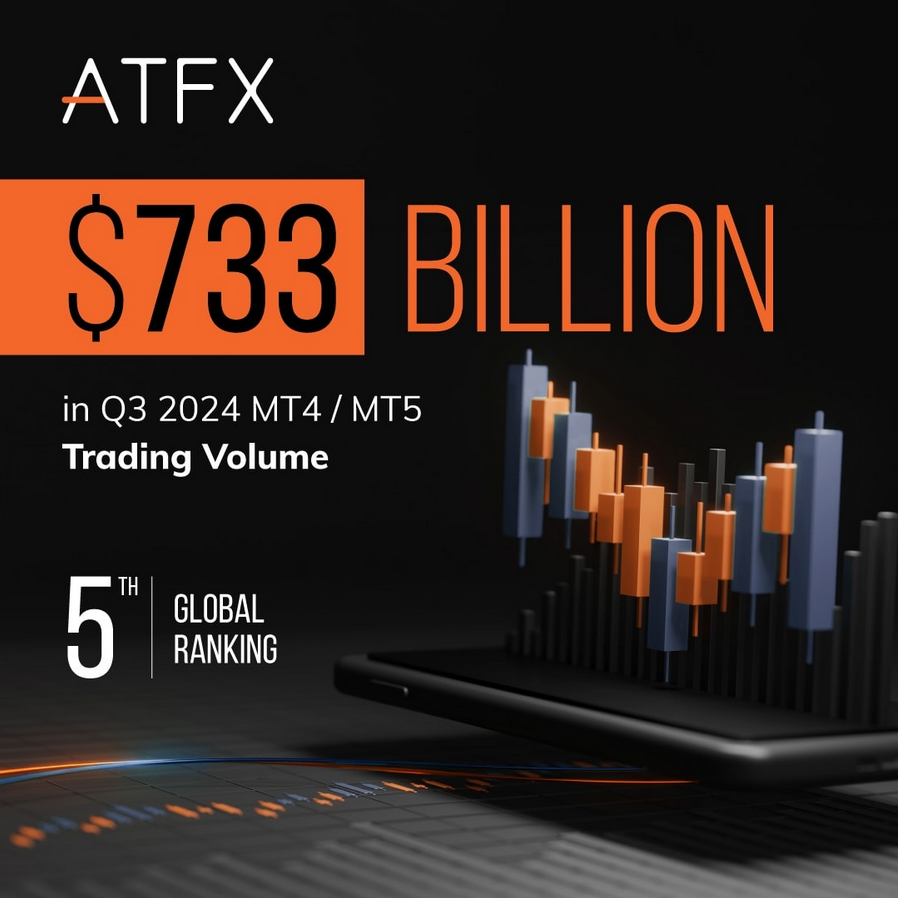The Euro weakened amid growing expectations of ECB rate cuts, driven by softer economic data, while the US Dollar strengthened due to safe-haven demand linked to Middle East tensions. The British Pound also slipped, facing pressure from strong US economic data. Meanwhile, the Japanese Yen fell sharply due to domestic political uncertainties and concerns over monetary policy, despite mixed manufacturing data in Japan and the US. Gold rose as a safe-haven asset amid rising geopolitical risks, but gains were tempered by a robust US labor market and reduced expectations of aggressive Fed rate cuts.
EUR/USD
The Euro is under pressure due to expectations of European Central Bank (ECB) rate cuts, driven by weaker economic data and dovish statements from policymakers. Market participants are pricing in significant rate cuts starting in October, making the Euro vulnerable, especially as geopolitical tensions boost the U.S. Dollar’s safe-haven appeal.
- Support levels: 1.1000, 1.0950, 1.0900
- Resistance levels: 1.1100, 1.1200, 1.1300
The EUR/USD pair is currently hovering near the 1.1000 support level. A break below this level could lead to a retest of 1.0950 and potentially 1.0900. Conversely, a rebound from 1.1000 could target the 1.1100 resistance, and further bullish momentum could push it toward 1.1200. Near-term movement will likely depend on U.S. Non-Farm Payroll (NFP) data and any escalation in geopolitical tensions.
Outlook: Bearish bias as long as EUR/USD trades below 1.1100, with potential declines toward 1.0950.
GBP/USD
The British Pound is experiencing downward pressure due to U.S. Dollar strength and ongoing Middle East tensions. Although the UK economic data has been relatively stable, concerns about global risk aversion have weighed on the currency.
- Support levels: 1.3241, 1.3200, 1.3153, 1.3115
- Resistance levels: 1.3230, 1.3327, 1.3377, 1.3389
GBP/USD has broken key support levels and is trending lower, testing the 1.3241 support. A failure to hold above this level may result in further declines toward 1.3200. On the upside, a break above 1.3293 could trigger a move toward 1.3377. Intraday movements will be sensitive to U.S. employment data and broader market sentiment.
Outlook: Bearish with a potential decline toward 1.3200 unless a break above 1.3327 occurs.
USD/JPY
The Japanese Yen has weakened amid political uncertainty, with the appointment of Katsunobu Kato as finance minister raising concerns about the continuation of loose monetary policy. The U.S. Dollar has strengthened, pushing the USD/JPY pair higher.
- Support levels: 143.09, 142.22, 140.46
- Resistance levels: 143.84, 145.23, 146.50
USD/JPY is trending upward, having recently broken resistance at 144.41. The next resistance is at 145.25, and a break above this level could pave the way for further gains toward 146.50. However, if the pair fails to sustain above 144.41, a pullback toward 143.09 is possible.
Outlook: Bullish, with an eye on 145.25 and 146.50 as key upside targets.
XAU/USD (Gold)
Gold has seen increased volatility due to its role as a safe-haven asset amid rising geopolitical tensions in the Middle East. However, stronger U.S. labor data has limited its upside as the Dollar strengthens.
- Support levels: 2657, 2643, 2624, 2584
- Resistance levels: 2670, 2700
Gold remains in a bullish trend but faces resistance near $2,670. A sustained move above this level could push prices toward $2,700 and beyond. On the downside, a break below $2,643 could trigger a sell-off, with key support near $2,624. Safe-haven demand is likely to persist as long as geopolitical risks remain elevated.
Outlook: Bullish, targeting $2,670 and $2,700, but watch for downside risks if prices fall below $2,643.
Conclusion:
- EUR/USD: Bearish, eyeing 1.0950 if support at 1.1000 breaks.
- GBP/USD: Bearish, with downside potential toward 1.3200.
- USD/JPY: Bullish, targeting 145.25 and 146.50.
- Gold: Bullish, but could see some consolidation if $2,643 is breached.
Key events such as U.S. NFP and geopolitical developments will be crucial drivers of market direction in the near term.









